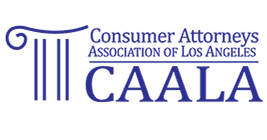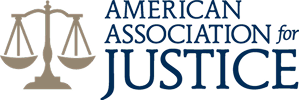What Is Facial Trauma?
Also referred to as maxillofacial trauma in medical community, facial trauma is any physical injury to the face. This includes soft tissue injuries such as burns, lacerations, bruises, fractures of the facial bones such as nasal or jaw fractures, as well as trauma to the eyes. Frequently injured facial bones include the nose, the bone that forms the upper jaw (the maxilla), the lower jaw (the mandible), the cheekbone (zygoma) and the forehead. Fractures may also occur in the bones of the palate and the bones around the eye. Facial trauma can potentially cause permanent disability, such as blindness or limited jaw mobility. While rarely life-threatening, facial trauma can sometimes be fatal in the event of severe bleeding or interference with the airway. They have the potential to cause visible disfigurement and disability, with long lasting physical, psychological, and emotional consequences.How Does Facial Trauma Occur?
Facial trauma can occur in a wide variety of ways, such as falls, assaults, sports injuries, and vehicle crashes, animal attacks and industrial work-related injuries. Children and adults are equally at risk for facial trauma.- Auto Accidents
- Truck Accidents
- Bicycle Accidents
- Motorcycle Accidents
- Pedestrian Accidents
- Slip and Fall Accidents
What Are The Symptoms Of Facial Trauma?
Symptoms are specific to the type of injury; for example, fractures may involve pain, swelling, loss of function, or changes in the shape of facial structures. Fractures of facial bones, like other fractures, may be associated with pain, bruising, and swelling of the surrounding tissues Nasal fractures may be associated with deformity of the nose, as well as swelling and bruising.[15] Deformity in the face, for example a sunken cheekbone or teeth which do not align properly, suggests the presence of fractures. Asymmetry can suggest facial fractures or damage to nerves.[1] People with mandibular fractures often have pain and difficulty opening their mouths and may have numbness in the lip and chin.How Is Facial Trauma Diagnosed?
Diagnosing facial trauma is not typically a process of determining whether or not some one has is, but to what degree. Because of the wide array of possible injuries that can be considered facial trauma, such as cuts, burns, and broken bones, there are many possible diagnostic tests that can be used to determine specifics. Your doctor will likely begin with a standard physical examination, in which he or she will be looking for:- Bleeding from the nose, eyes, or mouth
- Nasal blockages
- Cuts or damage to the skin
- Bruising around the eyes or widening of the distance between the eyes
- Changes in vision or the movement of the eyes
- Improperly aligned upper and lower teeth
- Abnormal feelings on the cheek
- Irregularities of the face that can be felt by touching
- Movement of the upper jaw when the head is still






